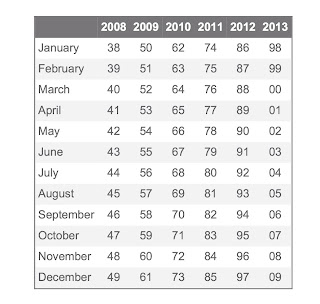 |
| Canon EOS-M mirrorless camera |
The software 'geeks' at Magic Lantern has released two software updates! The first one is an Alpha release of Magic Lantern's EOS-7 D software. Before downloading any third party software, one must be aware of the following :
Downloading the software may void your Canon warranty and there is no guarantee from anyone. The responsibility rests solely with the user using the Magic Lantern software.
Now that the caution and formality is out of the way, if you still want to proceed, click here to download the EOS-7D software.
The following features have been enabled since Alpha One :
- Advanced Bracketing (HDR)
- Intervalometer
- Audio tags
- Bit Rate manipulation
- Modify card flush rate for higher bit rates
- Modify GOP size (down to ALL-I or up to 100 for better details)
- A lot of minor fixes
These are the key features of this Alpha version of the EOS-7 D firmware extension:
- Audio meters while recording
- Zebras
- Focus peaking
- Magic Zooom (via half-shutter, or focus ring)
- Cropmarks, Ghost image
- Spotmeter
- False color
- Histogram, Waveform
- Vectorscope
- Movie logging
- Movie auto stop
- Trap focus
- LiveView settings (brightness, contrast…)
- Level indicator
- Image review tweaks (quick zoom)
- and some debug functions
The second software release from Magic Lantern is the Alpha version of the EOS-M software. This is experimental software and may damage your camera and void your Canon warranty. However, if you still want to proceed, make sure you read all the posts from other people who have tried it before proceeding. Click here to download the experimental version of the EOS-M software from Magic Lantern.
You can also read the other posts from my Blog concerning the upcoming EOS-M firmware from Canon. Now that Magic Lantern has cracked the Firmware code for the EOS-7D, EOS-M and EOS-5D MK III, they will continue to release additional features for these cameras, thereby forcing Canon to keep up with them by releasing their Firmware updates more often or risk looking silly when a third party software maker overtakes the manufacturer with better features and functions for their cameras.










.jpg)



































